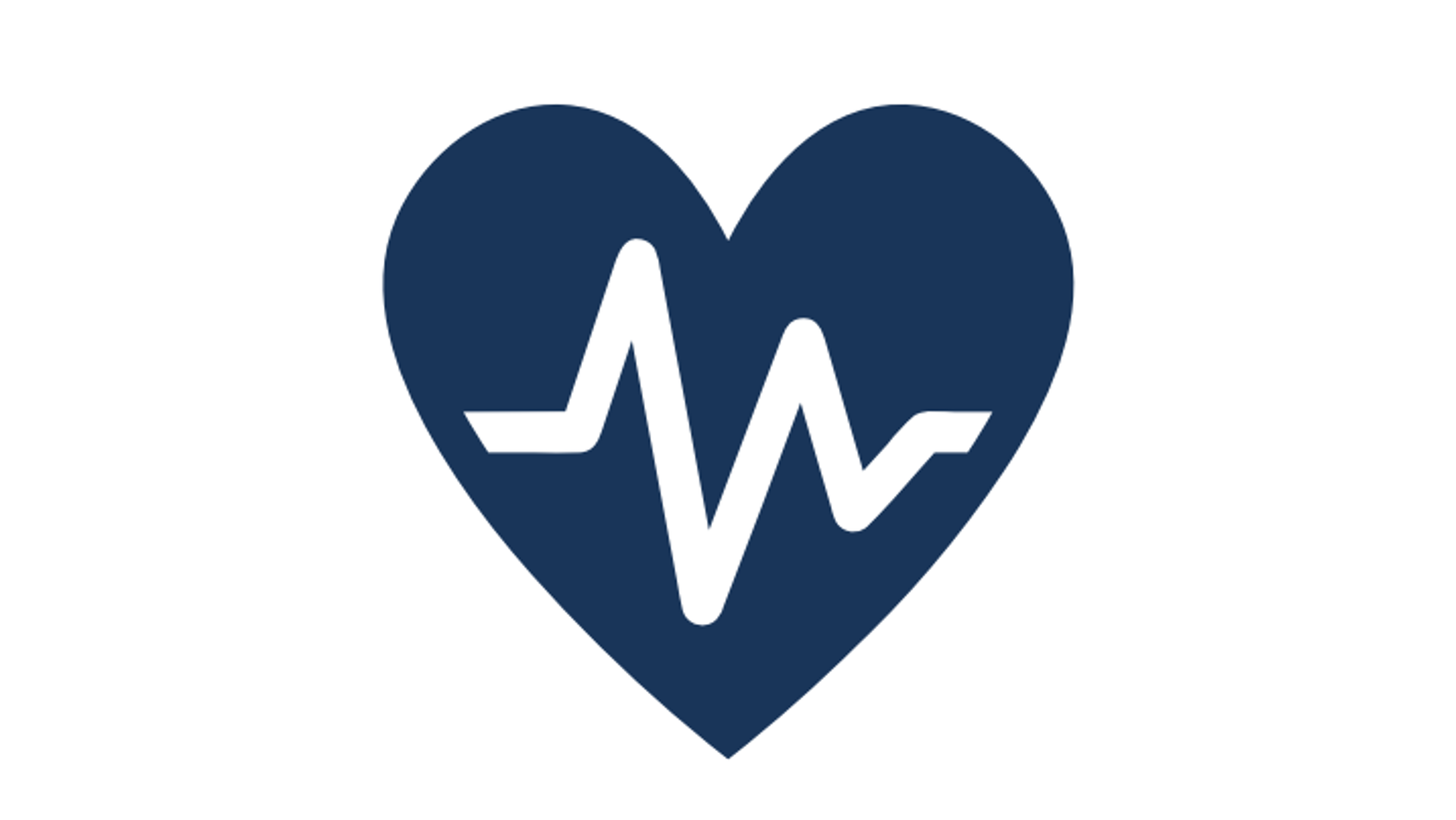What to know
Your community can incorporate any of the indicators for your own redevelopment plans. Physical health indicators: Measures health outcomes related to land reuse and redevelopment.

Physical Health Indicators
Indicator
Definition
Data Source
Blood lead level (pre- and post-redevelopment)
Concentration level of lead in blood samples pre- and post- redevelopment
Pre- and post-redevelopment local Health Data: (e.g. vital and health statistics, such as infant death rate, mortality, chronic diseases, respiratory illnesses, obesity, cancer, other)
Vital statistics for a community (e.g. a state or county) include birth, death, fetal death, marriage, and divorce rates. Chronic disease are conditions that last 1 year or more and require ongoing medical attention and/or limit activities of daily living. Examples include
https://www.cdc.gov/cdi/indicator-definitions/cardiovascular-disease.html
Pre- and post-redevelopment demographic data to characterize health disparities (e.g. counthealth rankings, vital statistics)
Health disparities are preventable differences in the burden of disease, injury, violence, or in opportunities to achieve optimal health experienced by socially disadvantaged racial, ethnic, and other population groups, and communities. Health disparities exist in all age groups.
County data for individual counties that can be found in Internet searches or through a local/county health agency County Health Rankings
Percentage of population insured below age 65
Percentage of people in a community who have health insurance and are below age 65
United States Census Bureau Small Area Health Insurance Estimates
U.S. Census Bureau American Fact Finder and type in the name of the community (select income data, which provides insurance data)

